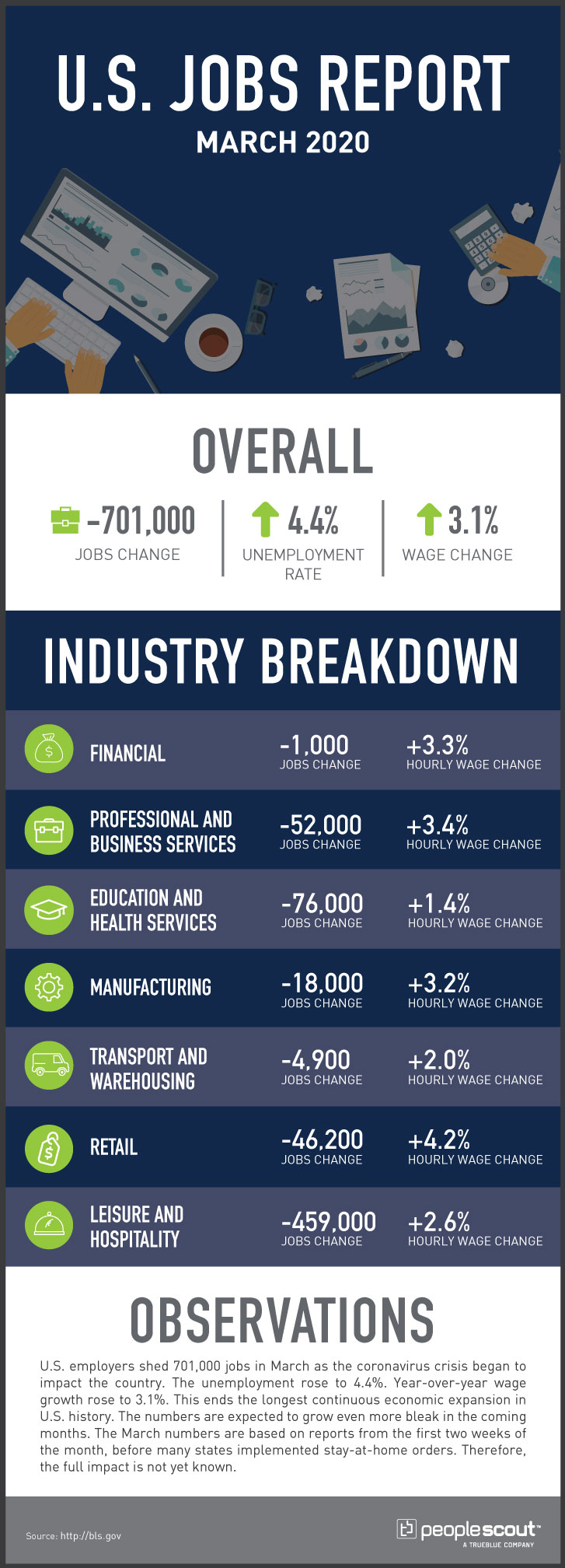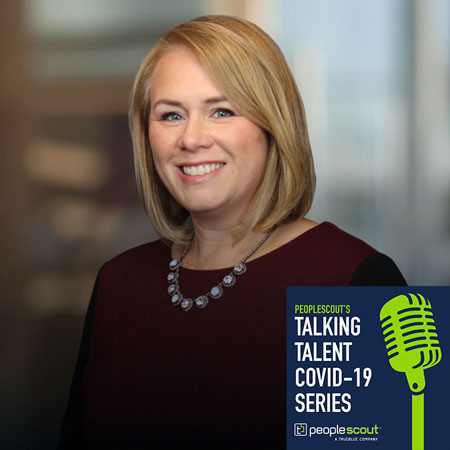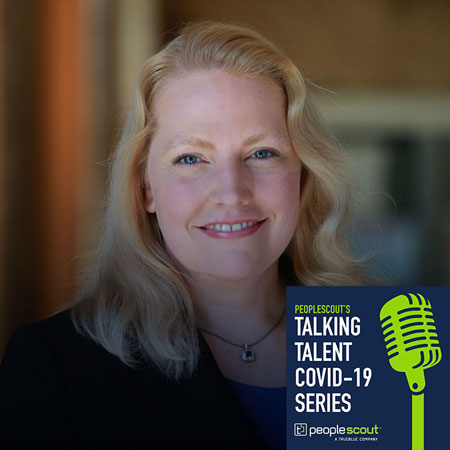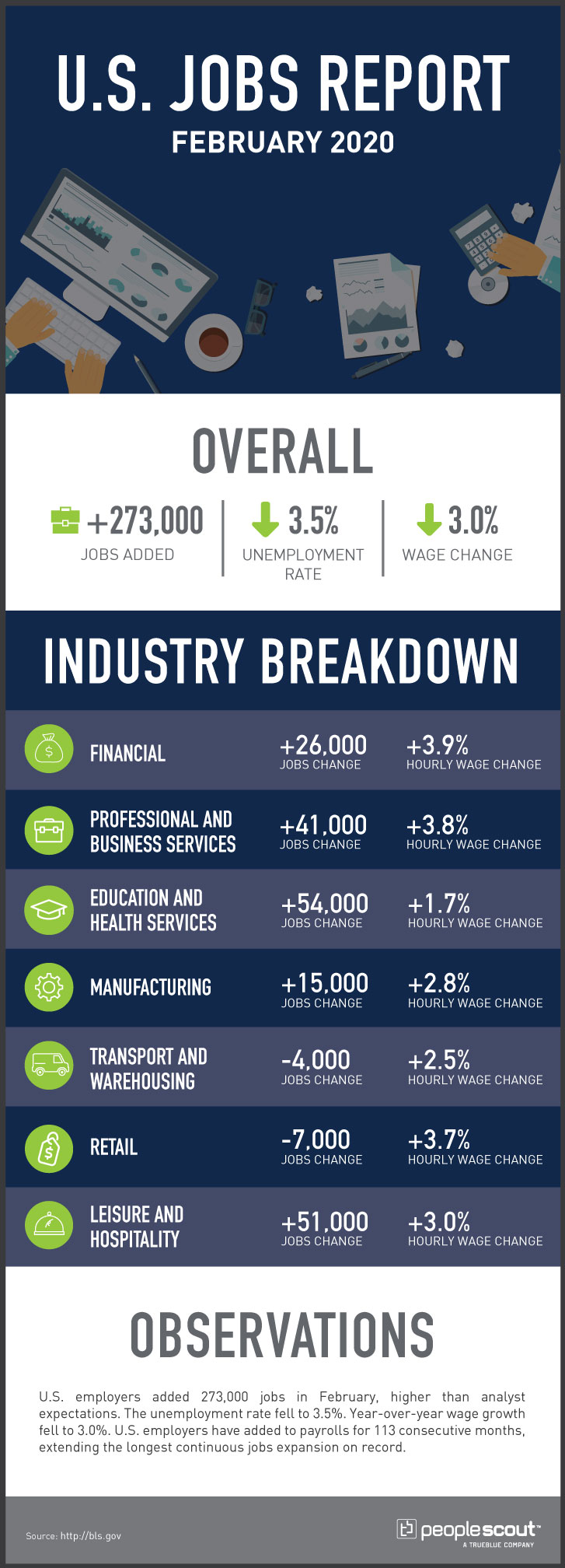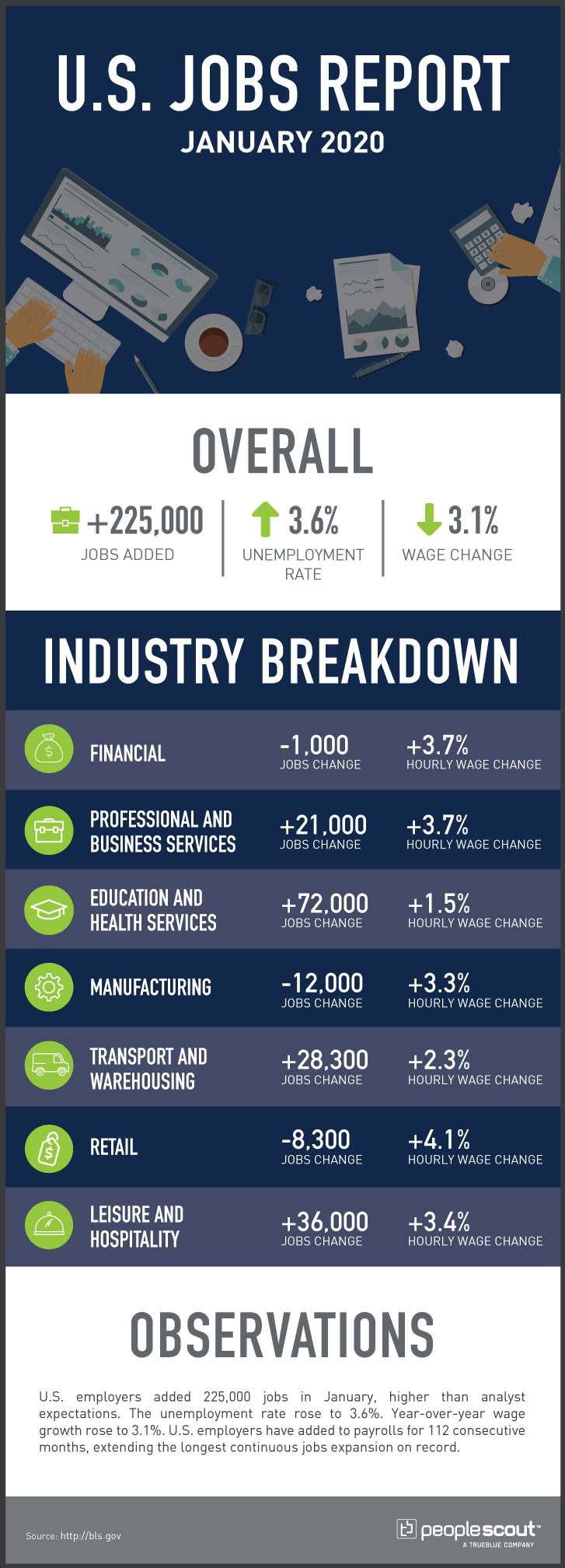Change is hard. But, despite all its challenges, change also brings innumerable benefits. So, when it comes to implementing an recruitment process outsourcing (RPO) program, it’s important to remember that no transition will be seamless. RPO transitions come with changes, both minor and foundational, that will present new challenges each day during an implementation. While this might seem daunting at first, know that these challenges come with a predictable and manageable pattern; the best way to approach change during an RPO implementation is with the knowledge of what to expect and how to succeed in the face of obstacles that appear along the way.
Before Your RPO Implementation Starts
It’s no secret that people are hesitant when it comes to change—especially when that change is likely to affect their day-to-day routine. To address this hesitation, it’s important to get everyone on the same page, consider the affect on each stakeholder and educate people on what they should plan for once the implementation begins.
Some stakeholders will be early adopters who are hungry for change; utilize them as ambassadors for the new process. Others will be resistant, and these are the people from whom you want to gain buy-in for RPO. Once you identify the more cautious stakeholders, try to help them see the benefits of change from their perspective. Then, they can serve as primary communicators to others who are hesitant and explain the value of the change in ways resistant team members will understand (and you may not have thought of).
The best way to get people on the same page is to address pain points and questions early on so people know exactly why a change is being implemented. Begin that process by answering these key questions:
- What specifically is changing? Tell people what you’re going from and what you’re going to.
- What
does this change mean for what I do?
Explain how daily operations will be affected.
- Will
this make a difference?
Show people how the change will bring value.
- How
will success be measured?
Set clear calendar goals and openly address when these goals are not met.
- Where
do I go to find more information? Designate
point people to address all updates regarding the transition.
Continue to communicate these Q&As to your team throughout the RPO implementation to further drive buy-in for the new process.
During the RPO Implementation
We’ve identified four definitive phases that will take place during the first 120 days of any RPO implementation. Understanding these phases will help keep you on track during the implementation process.
Introduction & Learning
This is the time to educate people on, what RPO is and what changes are going to take place. People are excited, energy is high and everyone is working hard to be open-minded about the changes. Some people might feel an initial shock, as though changes are already starting, but this is the time to get everyone used to the idea of new processes and people before any big changes are made.
Optimization
In the
second phase, you address lessons learned in phase one and can begin operating
at the new normal day by day. Energy remains high as people become more
proficient in using the new processes. Issues decrease, but small concerns begin
to go unreported. While morale is still high, minor frustrations occur while
not everyone is up to speed yet.
Measurement & Consistency
This is the phase your client delivery leader will warn you about; believe them when they say you’re going to get frustrated! Phase three is the toughest because it’s when people start becoming impatient with the way things are progressing. Everyone expects everyone else to be fully competent in the new processes and performing according to plan. Minor issues that went unreported in phase two often turn into bigger issues that come to light during this phase, leading to amendments to current processes and a review of the team structure.
For one client, during the first three months small changes were made to the process almost every day. At first, it felt frustrating, but it was the way the client was able to make progress quickly versus waiting for designated biweekly meetings for issues to be addressed. It was a new process for the client and a customized way of approaching change from our side, as well. Through careful documentation, the client was empowered to successfully combat candidate fallout by continually adjusting the order of steps in the hiring process.
Scale & Grow
After
adjustments are made to the team and process, things finally start to move more
smoothly. People are now highly competent, wins are gained more consistently,
and issues are reported and resolved as they occur. The team gets along and
feels positive because it is at the correct size and structure. Phase four
begins a state of steady growth, which leaves room to evolve.
While these
phases are fixed, people in your organization will complete them at different
rates. It’s okay that some people might still be getting adjusted in phase two
while others are already becoming more competent in phase three. However, phase
four means the entire team has mastered the changes and is ready for innovation
and further growth. To ensure everyone reaches the final phase, encourage weekly
or daily check-ins to get everyone on the same page about the way the
transition is progressing.
Open Communication is Key
Communication is a two-way street, and it only works if both parties are actively communicating throughout the entire implementation. Because outsourcing your recruitment function means people from across the organization will be affected, be mindful not to overlook a specific group when communicating information about changes. A forgotten conversation about what to expect could be the difference between someone feeling neglected versus feeling like they are a part of the solution.
👉 Learn how to talk to stakeholders about RPO with our conversation guide.
As much as you need to be transparent with people about the goals and progress of the transition, they need to be open with you, as well. Be mindful of the fact that many of the people affected by the transition have been using a different system and coming up with workarounds when those processes fail. A map of the new process on every employee’s desks is a handy way to compare their actions to those on the process and document whenever an adjustment needed to be made. As people begin reporting exceptions, you’ll be able to determine whether incidents are isolated issues or part of a larger trend.
In one client’s RPO implementation, one team member kept adjusting the process without letting anyone know. While it was commendable of her to take on that responsibility, we had to remind her that as her RPO partner our job was to optimize the process and help save her time. She had an understandably hard time letting go of that need to fix the process, but eventually realized any exception to the established process—no matter how small—should be reported to ensure the overall RPO implementation success.
As issues are addressed and people start performing in accordance with the changes, be sure to publicly recognize and reward their behavior to further reinforce the idea that each team member brings value to the success of the implementation.
Beyond RPO Implementation: Ensuring a Successful Transition
An RPO implementation may feel like an uphill battle, but it’s important to remember that it’s a good thing. Through every growing pain along the way, you’re still moving forward, and that’s what an RPO transition should feel like. There’s always going to be some level of discomfort with any change, but remember, your RPO partner is there to help guide you throughout the implementation. You should feel excited by the idea of the value your RPO partnership will bring, and if you ever stop feeling value, that’s when you know something needs to change.
With any RPO
engagement, you always want to be evolving and changing. As you’re working with
your provider to fine-tune the changes, you’ll start to look at things with an
innovative eye. As soon as you find yourself thinking about trying something
new or adding in an extra piece to the program, that’s a good sign that you’re
moving forward in the right direction.
